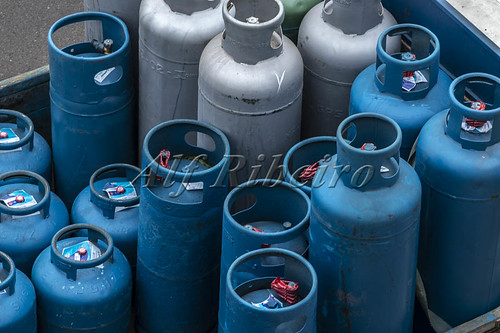Tanzania Liquefied Petroleum Gas Market- Industry Analysis and Forecast (2021-2028)
Tanzania’s population and the rest of Africa continue to grow yearly, putting excessive pressure and adverse environmental impacts. Population growth continues to increase the demand for cooking energy, primarily derived from biomass (firewood and charcoal).
In recent years, it is evident that biomass access is becoming increasingly scarce at an unprecedented rate due to the continuous decrease of forests (deforestation) due to trees cutting to produce biomass. In addition, biomass usage generates health diseases, especially respiratory, and reduces the life expectancy of many people living in rural areas where biomass is predominant.
We all understand the adverse effects of deforestation, which cause climate changes that lead to catastrophic consequences such as drought, floods, storms/hurricanes, etc.
There is, therefore, an urgent need to reverse the ongoing deforestation by providing alternative cooking energy sources and efficient use of energy through technology improvement, such as cooking stoves.
One of the alternative cooking energy sources that help to eliminate or reduce the health and environmental effects of the use of biomass is Liquefied Petroleum Gas (LPG).
However, providing alternative energy sources, such as LPG, requires receiving, storage, and distribution facilities investment. LPG is a relatively new source of cooking energy in Tanzania and many Sub-Saharan African countries, and its consumption has been growing exponentially (e.g., in Tanzania, the average annual growth is about 15%).
This growth in LPG consumption has been made possible by relatively limited investment in LPG facilities such as LPG receiving Ship to Shore Terminals, a network of LPG filling plants in some selected regions, and deployment of LPG cylinders used by consumers mainly in urban and peri-urban locations.
With ongoing accelerated LPG consumption growth, it is evident that the existing LPG facility network will not suffice the expected demand for LPG distribution in Tanzania in the coming years. Based on this growth, it is important that more investment be encouraged from various local and foreign investors to cope with this product’s growing demand.
It is appreciated that many investors require some preliminary data/information before having an appetite to invest in a particular business/project, and it is true that there are limited investment data/information available today for LPG business, especially on the estimated investment costs proportions/structure as well as codes and Standards compliance.
The Objective of the report is to present a comprehensive analysis of Tanzania’s Liquefied Petroleum Gas Market, including regulatory framework, high-level market structure (product importation, consumption and export, existing players, existing infrastructure, pricing regime, and industry growth trends.
The profile also covers the required additional investment based on LPG import/consumption projections, required facilities codes, standards, estimated investment cost structure, and list of required equipment/devices for a small LPG filling plant, including required permits.
Get the Full Version Now
For the complete report, make a payment of $984



